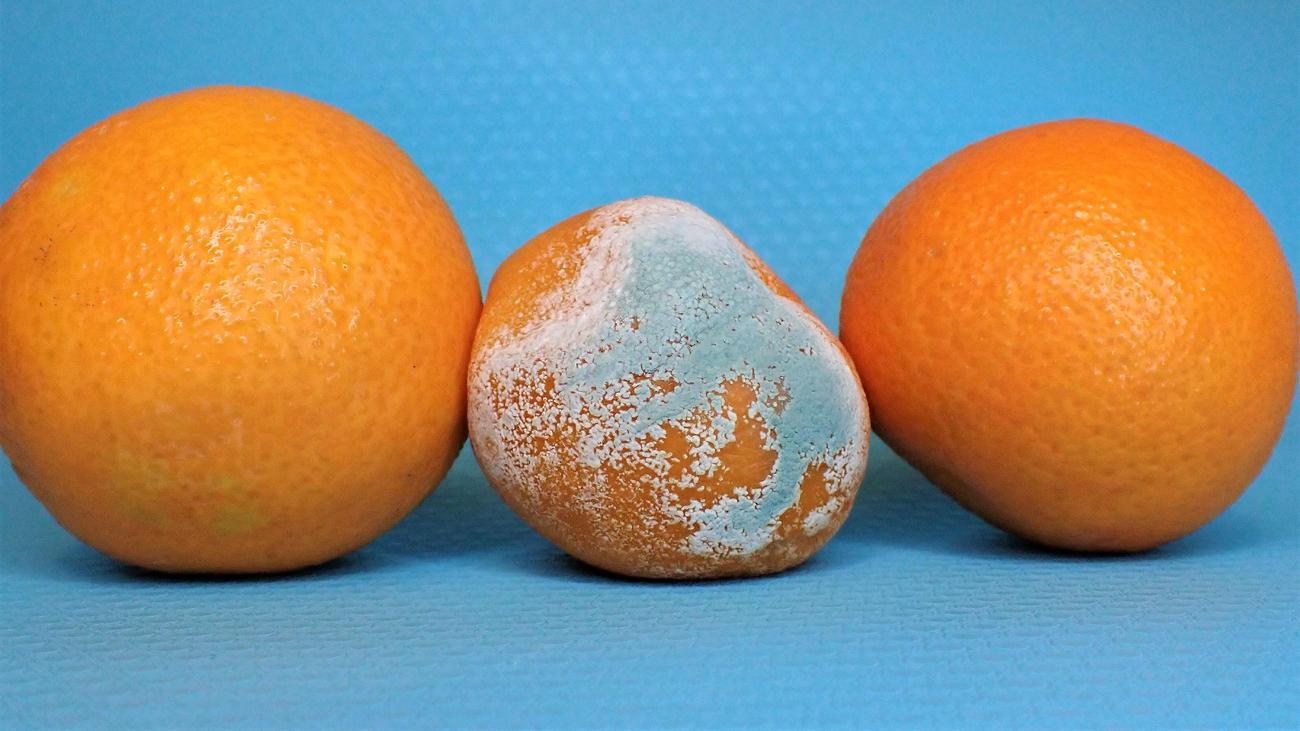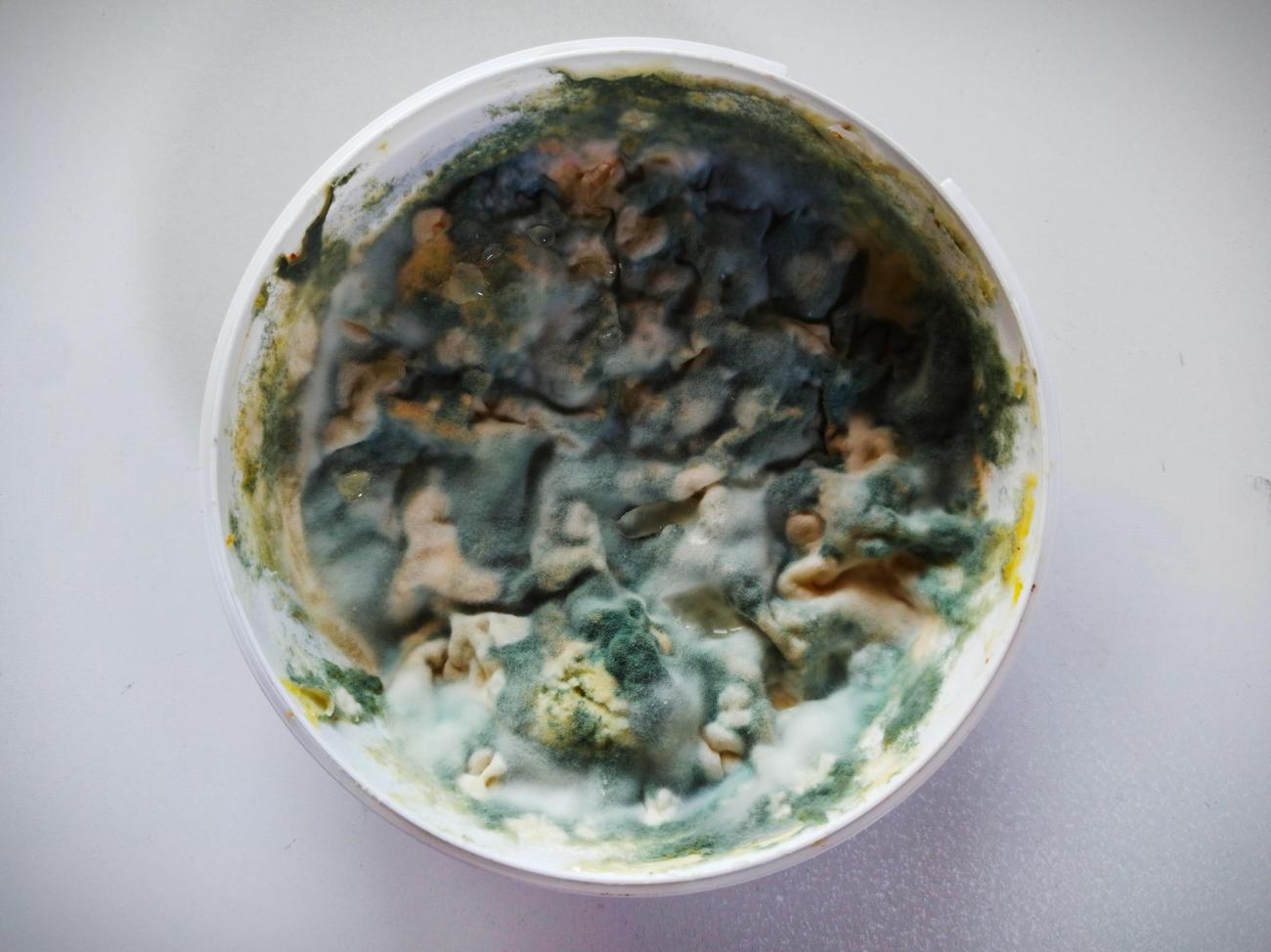Curiosity often arises when we encounter an unfamiliar scent in our homes or workplaces. One common culprit behind these mysterious odors is mold, a microscopic organism that can pose health risks and cause structural damage. As an experienced environmental scientist specializing in indoor air quality, I have dedicated years of research to understanding the unique smells associated with different types of mold infestations. In this article, titled “What Does Mold Smell Like? A Scientist’s Insight,” I aim to shed light on the distinct aromas emitted by mold and provide valuable insights into the potential health risks they present. Let’s delve into the olfactory world of mold and uncover the hidden secrets it holds.

What Does Mold Smell Like? A Scientist’s Insight
Are you constantly wondering what that strange smell in your home or workplace could be? Chances are, it could be mold. As an experienced environmental scientist specializing in indoor air quality, I have encountered various types of mold and their distinctive odors. In this article, I will provide you with valuable insights on what mold smells like, so you can identify and address any potential mold issues with confidence.
Mold can emit a range of odors, but the most common description is a musty or earthy smell. Think of the smell of wet leaves or stagnant water. When mold is in its early stages of formation, this smell is often the first indication of its presence. However, it’s important to note that mold odors can vary depending on the type of mold present.
Each type of mold has its own unique smell. Some molds produce odors that can be described as sour or rotten, while others emit smells reminiscent of a dank basement or old gym socks. Identifying the specific odor can help you narrow down the type of mold you’re dealing with, which is essential for effective remediation.
It’s worth mentioning microbial volatile organic compounds (mVOCs). These compounds, released by molds into the air, can contribute to the pungent smell associated with mold infestations. mVOCs are volatile and quickly released, intensifying the odor. If you notice a particularly strong smell in a specific area, it could be an indication of higher mold activity in that location.
So, what should you do if you encounter the unmistakable smell of mold? First, trust your nose. Mold odor is generally consistent and quite distinct. If you notice a stale or damp scent, it’s a telltale sign that mold might be lurking nearby. Secondly, be on the lookout for any visible signs of water damage, even if you can’t detect a smell. Moisture issues often lead to mold growth, and addressing the source of moisture is crucial in preventing further mold colonization.
Now, let’s address the question on everyone’s mind: why does mold smell? Mold produces volatile organic compounds (VOCs), which are responsible for its characteristic smell. These VOCs can be irritating and may trigger allergic reactions in sensitive individuals. If you have mold allergies, exposure to mold smell can cause symptoms like sneezing, headaches, runny nose, itchy throat, and congestion. Therefore, it’s essential to take mold odor seriously and prioritize its remediation to maintain a healthy indoor environment.
To get rid of the mold smell in your home, you need to address the underlying mold infestation through a process called mold remediation. While there are temporary solutions like air fresheners or candles, these only mask the odor and don’t address the root cause. Proper mold remediation involves identifying and eliminating the source of moisture that allowed mold growth, removing affected materials, and thoroughly cleaning and drying the area. Remember, removing the mold itself is necessary to eliminate the mold smell effectively.
In summary, mold can emit a musty or earthy smell, but different types of mold have distinct odors. Pay attention to the pungent, consistent smell often associated with mold infestations. The presence of mold can pose health risks, especially for those with mold allergies. Mold smell can lead to irritation and allergic reactions. If you encounter the smell of mold in your home or workplace, it’s crucial to take action and address the issue promptly through mold remediation.
To wrap it up, never underestimate the power of your nose when it comes to identifying mold. Trust your instincts and rely on the distinctive odors associated with mold infestations. Remember, addressing the root cause of the mold problem is essential for effectively eliminating the mold smell. Stay vigilant, and take proactive steps to maintain a healthy and mold-free environment.
Mold is a common household problem that can have serious consequences if left untreated. Don’t let this pesky fungus take over your home! Learn 10 fascinating facts about mold and gain valuable knowledge on how to prevent its growth. Click here to discover the truth about mold and how you can keep your home mold-free for good.
What Does Black Mold Smell Like?
[youtube v=”ikrariS5Ibo”]
Black mold, a common household problem, emits a distinct and often unpleasant smell. Identifying this odor is crucial in uncovering potential mold infestations and taking the necessary steps to address the issue promptly. As an expert in mold inspection and testing, we aim to shed light on the scent characteristics associated with black mold to help you determine if it’s present in your environment.
Mold usually exudes a musty or earthy odor, similar to damp basements or the smell of clothes left in the washing machine for too long. This musty scent primarily arises from volatile organic compounds (VOCs) produced by liquid enzymes excreted by the mold. However, it’s important to note that mold can have other distinct smells depending on the materials it is digesting. These may include sour or rotten smells, the scent of dank basements, or even an aroma akin to old gym socks. The variety of smells is often associated with the types of water-damaged building materials that the mold feeds on.
It’s worth mentioning that not all molds have a noticeable odor. In fact, mold spores themselves are odorless. However, if you detect a stale or damp scent indoors, it serves as a strong indication that there is mold growth somewhere within the vicinity. This smell should never be ignored, as it signifies the presence of mold that requires immediate investigation.
“The musty odor associated with mold is most often a VOC gas produced by a liquid enzyme that mold excretes.”
The smell of mold can also cause allergic reactions in individuals who are sensitive to it. Symptoms may include sneezing, headaches, a runny nose, an itchy throat, and congestion. Therefore, it’s crucial to address mold issues promptly to maintain a healthy and mold-free environment.
To eliminate the unpleasant odor associated with mold, proper mold remediation is necessary. This involves identifying and eliminating the source of moisture, removing affected materials, and thoroughly cleaning and drying the affected area. It’s important to note that temporary solutions like air fresheners or candles only mask the odor and do not address the root cause of the problem. Taking prompt action is key to resolving mold infestations effectively.
“Investigating and addressing mold issues promptly is crucial for maintaining a healthy environment.”
In conclusion, the smell of black mold is typically musty or earthy, with variations depending on the materials being degraded. If you detect a stale or damp scent indoors, it is likely an indication of mold growth and should not be overlooked. Addressing mold issues promptly through proper remediation is essential to eliminate the odor and maintain a healthy living environment. Don’t hesitate to seek assistance from professionals like SafeAir Certified Mold Inspection for thorough mold testing and inspection, as they can accurately diagnose the problem and provide the necessary advice for effective mold remediation.
“Take action against mold promptly to eliminate odors and maintain a healthy living environment.”

FAQ
Q: Why does mold have a musty or earthy smell?
A: Mold can have a musty or earthy smell, especially when it is just starting to form. This odor is caused by the metabolic activities of the mold as it breaks down organic matter, such as wood or paper, for nutrients.
Q: Are there different smells associated with different types of mold?
A: Yes, there are several types of mold, and each one has a different smell. For example, some molds may have a sweet or fruity smell, while others may have a more unpleasant odor. These distinct smells can help in identifying the specific type of mold present.
Q: Is the smell of mold consistent?
A: Yes, the smell of mold is generally consistent. Once mold begins to grow and produce spores, it releases volatile organic compounds (VOCs) into the air. These compounds contribute to the characteristic odor of mold. Therefore, if you encounter a consistent smell of mold, it is an indication of an ongoing mold infestation.
Q: What are the signs of mold in indoor environments?
A: A stale and damp smell in the air is often a telltale sign of mold. Additionally, signs of water damage, such as discoloration or peeling paint, warped walls or ceilings, or visible mold growth, can indicate the presence of mold. It’s important to address these signs promptly to prevent further mold spread and potential health issues.
Q: Can mold smell cause health problems?
A: Yes, mold smell can cause various health problems, especially for individuals with mold allergies. The volatile compounds released by molds, known as microbial volatile organic compounds (mVOCs), can irritate the respiratory system and trigger symptoms such as sneezing, headaches, runny nose, itchy throat, and congestion. Therefore, it is crucial to address mold infestations promptly to mitigate potential health risks.
- Jerry McSorley’s Post-Divorce Life: New Beginnings - July 16, 2025
- The Rise and Fall of the New Haven Nighthawks: A Minor League Hockey Legacy - July 16, 2025
- Unlock Jerry McSorley’s Career Highlights: Eye Tax Inc.’s Solar Success - July 16, 2025
















